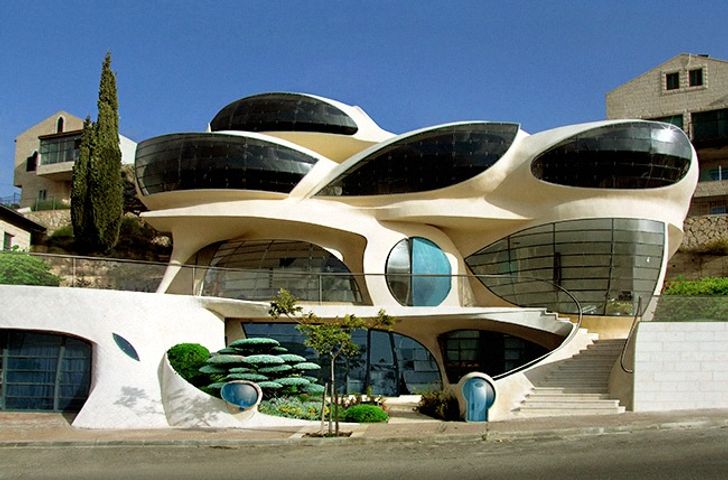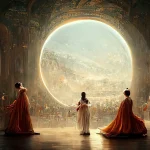Artistic abodes are a truly unique mixture of architecture and interpersonal expression. They emerged as cultural symbols over time, transcending typical dwelling areas. This trend was pioneered by architects such as Gaud and Wright, who challenged conventional designs. Modernism expanded on these ideas by stressing minimalist and utilitarian aesthetics. Today, creative homes throughout the world exhibit a broad range of inventive forms, from Mexico’s Nautilus House to Vietnam’s “Crazy House.” These constructions are not just dwellings, but also creative visions and cultural icons that draw worldwide attention. The future of artistic houses offers a thrilling synthesis of art, ecology, and technology.
Historical Origins: Early Examples of Artistic Houses
Ancient civilizations often used architecture to represent cultural and religious thoughts, tracing the origins of artistic apartments back to these times. In the nineteenth and early twentieth centuries, housing as personal creative expression gained popularity. Architects like Spain’s Antoni Gaudi and America’s Frank Lloyd Wright started challenging conventional norms. They designed homes that were both functional and artistic, defying traditional rules.
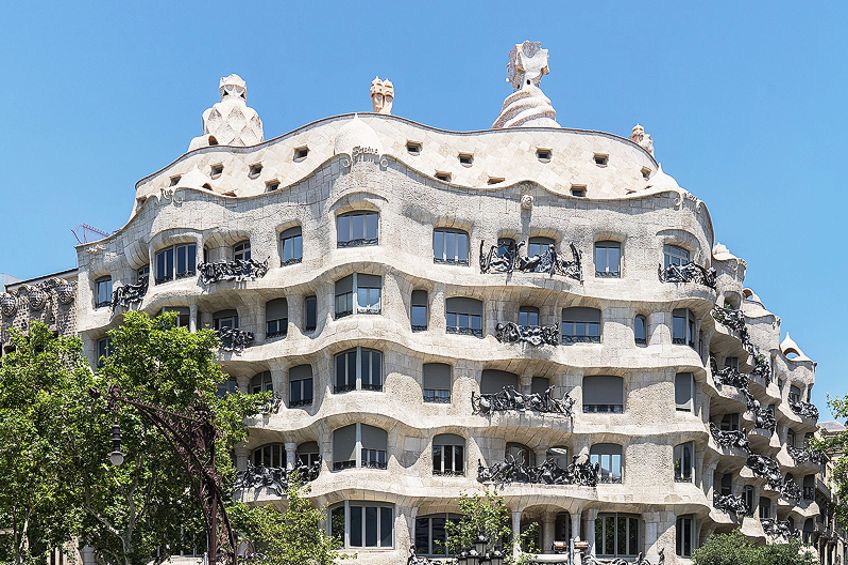
The Modernist Movement: A Shift in Design Philosophy
The modernist movement influenced the design of artistic residences significantly. Architects such as Le Corbusier and Walter Gropius stumped for designs that were centered around function and simplicity, combining art with modern building processes. This era witnessed the emergence of minimalist and abstract designs that concentrated on form rather than adornment.
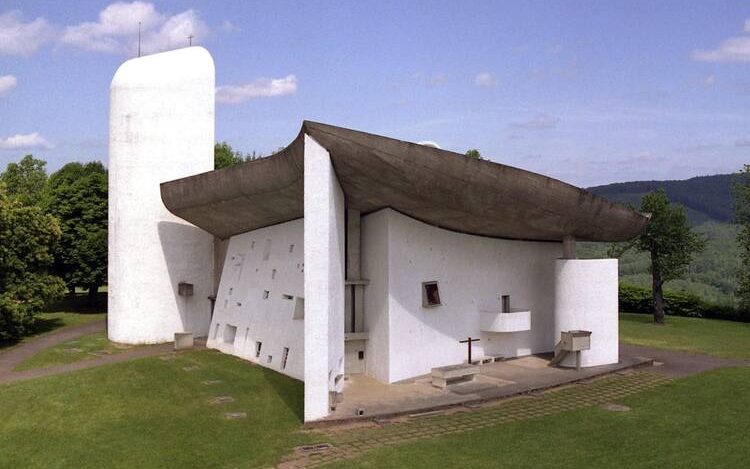
Postmodern and Contemporary Developments
Postmodernism created a new period of creative residences in the late twentieth century, defined by irregular styles, historical allusions, and a renewed sense of ornamentation. Contemporary architects such as Frank Gehry and Zaha Hadid have carried on this pattern by combining architectural innovation with enormous personalization.
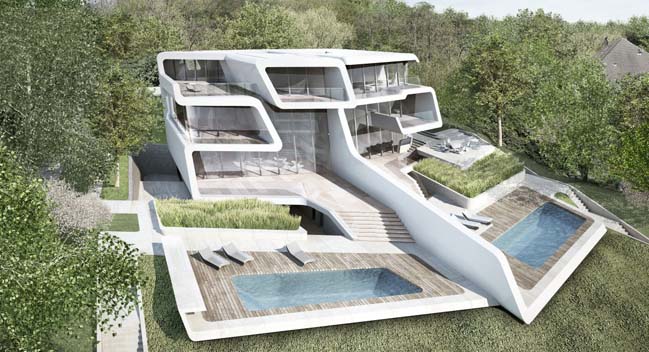
Unconventional Artistic Homes Around the World
- The Nautilus House, Mexico: Designed by Javier Senosiain, fuses modern architecture with natural shapes to create a nocturnal living area.
- The Hobbit House, Wales: This eco-friendly house by Simon Dale was influenced by J.R.R Tolkien’s writings and blends harmoniously with its natural surroundings.
- The Hang Nga Guesthouse, Vietnam: This Gaud-inspired structure by architect ng Vit Nga, commonly known as the “Crazy House”, displays organic, non-linear shapes that defy traditional construction.
Artistic Houses as Cultural Landmarks
Many artistic houses have progressed from being residential properties to cultural iconography. They captivate visitors and architectural aficionados, demonstrating the lasting attraction of putting together art and architecture. Gaud’s Casa Batllo in Barcelona and Frank Lloyd Wright’s Fallingwater in the United States serve as two examples.
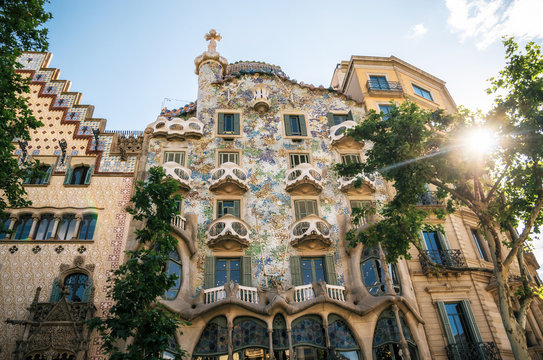
Challenges and Criticisms
Despite their aesthetic appeal, artistic houses frequently confront difficulties. They may be expensive to construct and maintain, also their outlandish designs can clash with local building rules and community norms. Furthermore, critics contend that, while physically appealing, these dwellings could potentially not be practical or comfortable to live in.
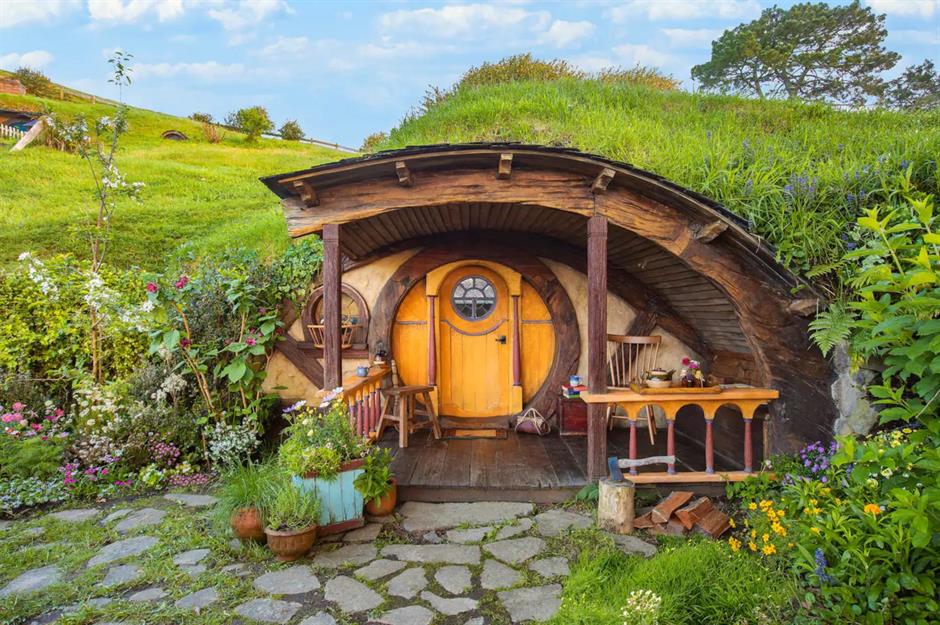
At long last, artistic houses are a memorial to human innovation, fusing architecture with personal expression. They interfere with traditional design by providing fresh insights on living spaces. These houses serve both as residences and as artistic representations of their era’s creative and technological advancements. As time goes on, the expansion of artistic houses will certainly focus on sustainability, utility, and creative material utilization. Finally, they continue to inspire and change our perception of what a house may be, blurring the barriers between functionality and art.

